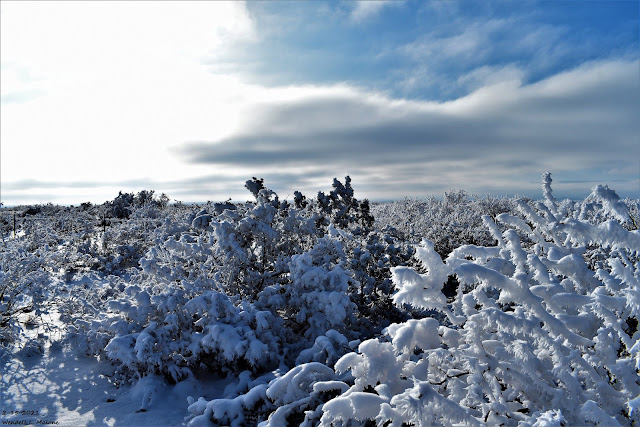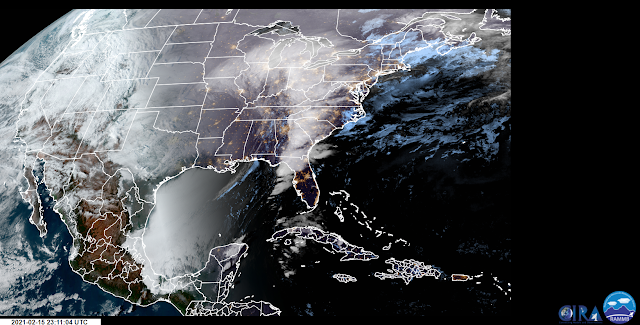February 12-19, 2021 Historic Winter Storm Summary #2.

February 15, 2021. Frozen Landscape Southwest Of Whites City. Once In A Lifetime Storm For Texas? Although this sounds a bit extreme I may not be far off with this statement. The jury is still out on the final verdict...it may take some time for all of the data to be gathered and summarized. Nevertheless this event no doubt was historic, especially for Texas. Not so much for New Mexico. A lot of comparisons to the brutal February 1899 arctic outbreak have been made. Review Of The Brutal Cold Of February 1899. Let's look back in time at the coldest most widespread winter event in U.S. history (not including our current February outbreak). THE “GREAT ARCTIC OUTBREAK OF FEBRUARY 1899” — POLAR VORTEX AND LOW SOLAR ACTIVITY TO BLAME. The “Great Arctic Outbreak of February 1899” as it became known, is one of the most widespread North American cold snaps in recorded history. It was described in a 1988 academic article as “a benchmark with which to c ompare similar events.” Te...





